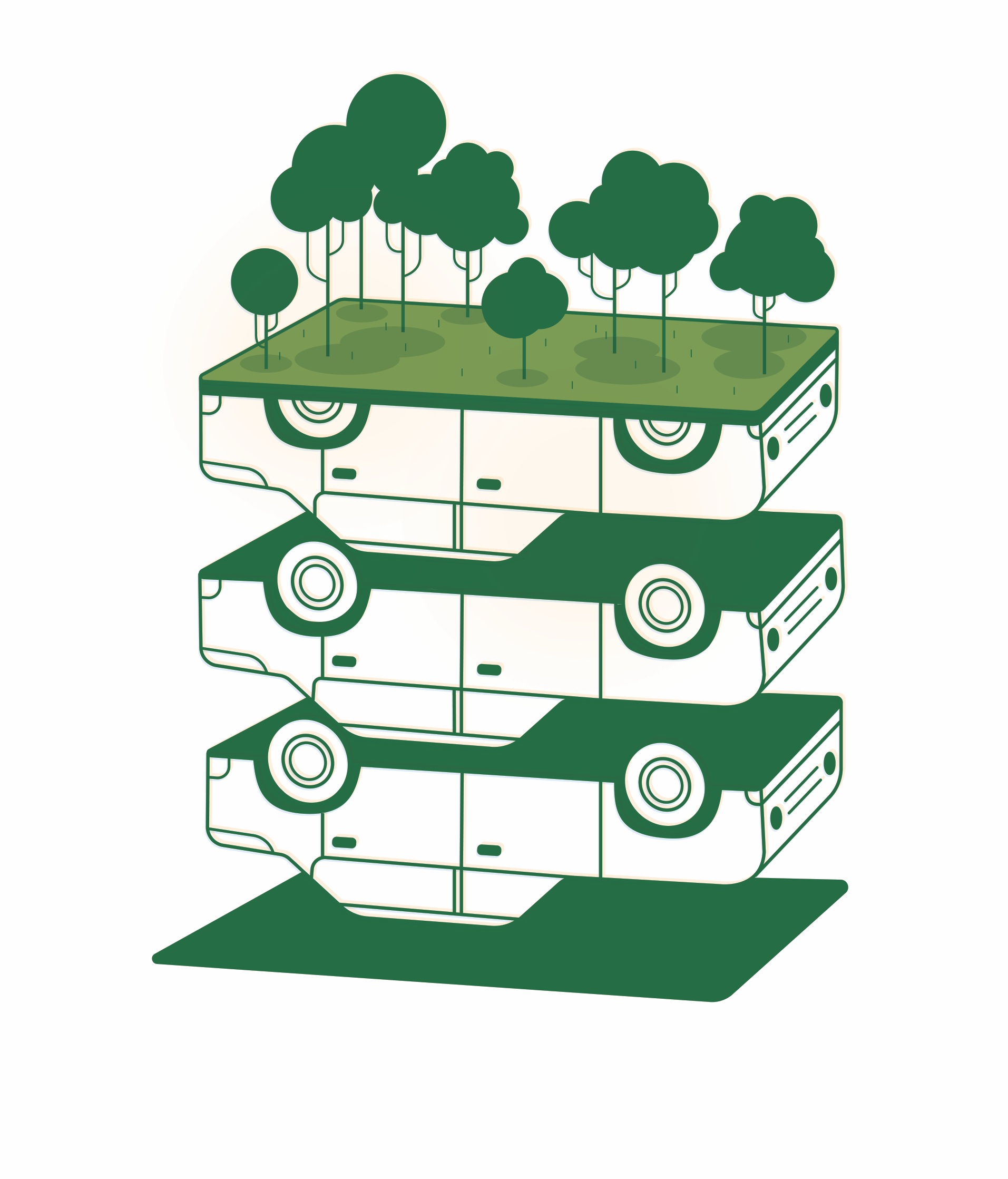
Climate disasters have rarely been so devastating. Across Europe, temperatures have reached new heights. Our planet has endured an extraordinarily hot summer, sea ice continues to melt at an alarming rate, and fires raging through the Amazon confirm our worst fears.
The good news is that we are finally talking about it. But talking is not enough. Our survival depends on action. These weather events did not come about by pure chance. We are responsible.
Today, the young are showing us the way forward. Many have listened to Greta Thunberg’s call to action. High school activists are marching in our cities, challenging their leaders to act once and for all.
I hear them, I am listening. It is my responsibility as a politician to give concrete answers. Individual action will not be enough unless policymakers create the conditions for collective change.
Change is still possible. As chair of the C40 organization—a group of mayors representing many of the largest cities in the world—I have seen that cities can act together, even when countries refuse to do so. Within our network, hundreds of cities around the world have committed to cutting their carbon emissions.
But we will fail if we turn our cities into climate sanctuaries disconnected from the rest of their countries and reserved for the richest citizens. How do we design a transformation to benefit everyone?
In Paris, I have been fighting against pollution for a long time by gradually limiting the city’s exposure to the most polluting vehicles and reducing parking spaces in the streets. It has not been easy, but I am deeply convinced that the environment is a concern for everyone in society.
We need to take everyone into account to find the best solutions. My vision for Paris is as a green city where we can all breathe fresh air, share open space and enjoy our lives.
That is why we are adapting our city to give more space to pedestrians and bicycles. For instance, the Seine’s banks—urban highways in the heart of Paris—have been converted into promenades. On Sundays, entire neighborhoods turn into pedestrian zones. And 620 miles of bike lanes will be completed by the end of this year. Wherever possible, in streets, squares and playgrounds, we are removing asphalt to give space back to nature. Soon, the Eiffel Tower will sit in the middle of a large park. With tree-planting programs, real urban forests will act as the lungs for neighborhoods across the city.
This is the city we want to show the world during the Summer Olympics in Paris in 2024. In times of crisis, we need such major unifying events to stimulate dialogue, facilitate an exchange of ideas and push us to meet challenges. We have a clear deadline to work toward, and we plan to host the most environmentally sustainable Olympic Games in history.
For that, we will build little and only when it will be useful to residents. Public transport will be at the heart of the project, 100% green energy will be used, and single-use plastic will be banned. This legacy will benefit Parisians and everyone who loves Paris.
The situation is urgent, but I am confident because I know I am not alone in this battle. There are more and more of us fighting for a different vision of the world—a world that takes care of our most precious resources: the air we breathe, the water we drink and the places we share.
This is one article in a series on the state of the planet’s response to climate change. Read the rest of the stories and sign up for One.Five, TIME’s climate change newsletter.
More Must-Reads from TIME
- Cybersecurity Experts Are Sounding the Alarm on DOGE
- Meet the 2025 Women of the Year
- The Harsh Truth About Disability Inclusion
- Why Do More Young Adults Have Cancer?
- Colman Domingo Leads With Radical Love
- How to Get Better at Doing Things Alone
- Michelle Zauner Stares Down the Darkness
Contact us at letters@time.com
